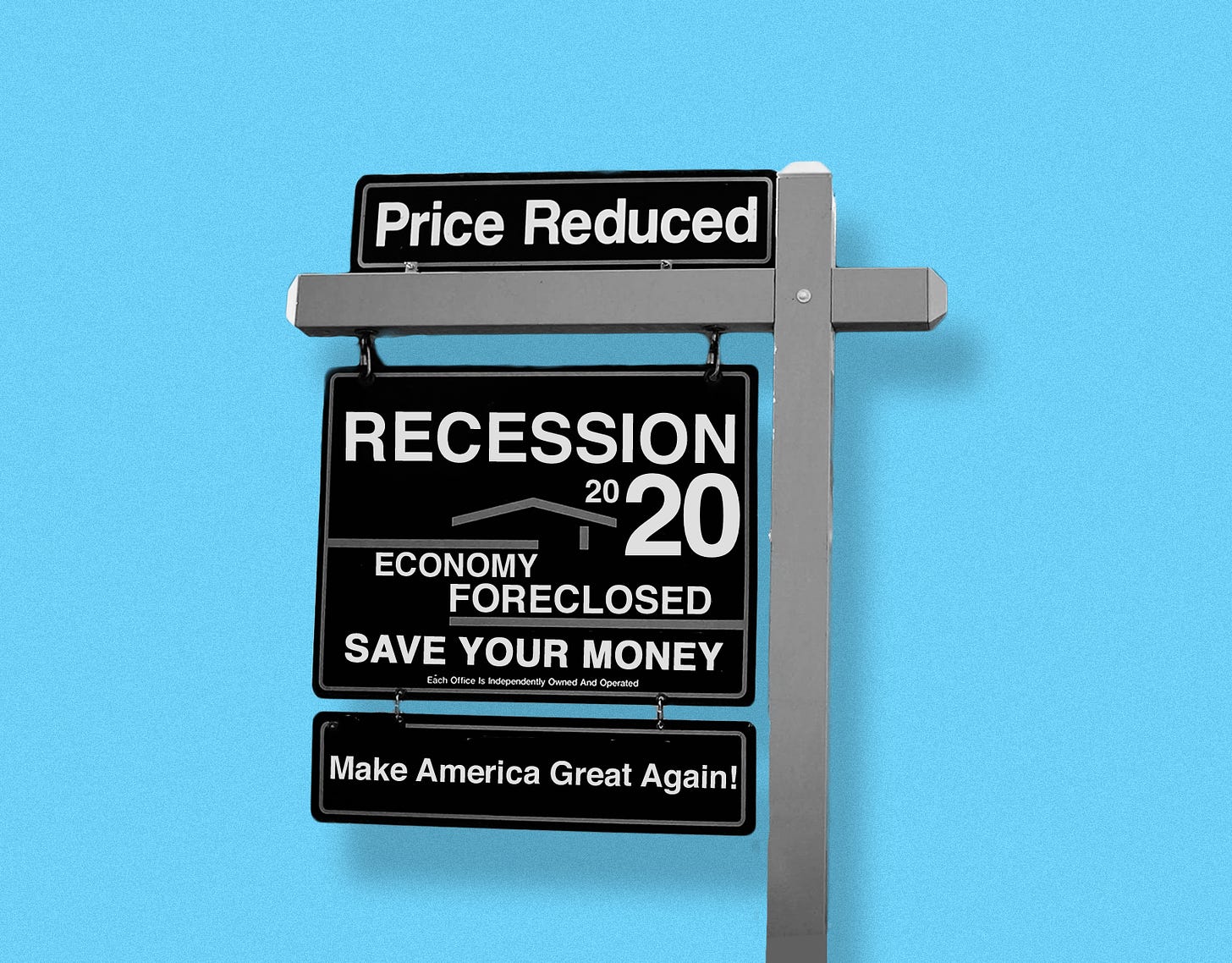Winter is coming.
We’re nearing the end of an unseasonably hot Indian summer for our economy. After a 10-year run of uninterrupted economic growth, we’re into late Autumn, and the leaves are starting to fall. According to a Duke University/CFO Global Business Outlook survey, nearly half of the chief financial officers in the U.S. are predicting that we’ll be in recession by the middle of 2020.
Since the end of World War II, the U.S. economy has gone into recession 11 times—on average about once every 6 or 7 years. Since 1945, the longest period between recessions has been 10 years. It has now been over 10 years since the Great Recession of 2008-2009.
We’re due.
Economic recessions are the death-and-taxes of free market economies. While eternal, uninterrupted economic growth is a nice Utopian aspiration, history screams: “Ain’t gonna happen.”
A recession isn’t a boogieman. It’s just an economic downturn. No more and no less. The most widely recognized working definition is two consecutive quarters of negative economic growth as measured by the country’s gross domestic product. The organization that issues the definitive ruling on whether a recession has begun, the National Bureau of Economic Research (NBER), employs a much more complex analysis. But recessions are also a bit like pornography: You know it when you see it.
Recessions are a natural, though painful, part of the business cycle. They can be triggered by outside forces like wars, natural disasters, or sudden declines in the supply of key goods. But they can also appear without an outside trigger, simply arising from the cyclical nature of an economy. Sometimes, “the economy’s own expansion contains the seed of the next recession.”
Many economists believe that recessions are not only inevitable, they are also healthy and necessary because they “correct the aberrations and excesses of a boom.” Kind of like forest fires.
Which is easy to say when you’re an economist and not a normal person who just lost her job.
Or a politician running for reelection.
Which brings us to Donald Trump. Today, after more than 10 years of uninterrupted growth, the question is not if a recession is coming, but when.
No president, not even God Emperor Trump, can repeal the laws of economics. They can’t do it by bullying the Fed. Or goosing the economy with tax cuts. Or issuing an Executive Order. Or declaring a national emergency. The business cycle doesn’t care about your feelings.
All of which is why Trump is more worried about the R-word than he is about the Democrats lined up to run against him.
A pre-election recession would almost certainly be fatal to Trump’s campaign for a second term—which is beset by challenges even as the economy has prospered.
Trump’s base of support is stuck at around 40 percent. That’s not likely to change, no matter what he says or does in the 15 months before the election. Rock-solid support from 40 percent of the electorate is not enough to get Trump re-elected. But it’s a hell of a running start. The Electoral College being what it is, Trump doesn’t need to get to 50 percent. All he has to do is find another 5 to 8 percent who, even if they don’t much like him, nevertheless fear that electing a Democrat will turn America into Venezuela.
That strategy is a longshot to begin with: Most successful reelection efforts involve a president adding to his existing majority. Trump’s strategy is to hold on to just enough of his popular-vote minority to squeak to 270 electoral votes. There’s not even a pretense about expanding his coalition.
But even this attempt to draw to an inside straight (again) assumes that he has the right cards: Namely, that the economic good times are still rolling on November 3, 2020. Throw in a recession and Trump is trying to find that straight while holding 5-7-9-Jack, unsuited.
Good luck.
So expect Trump to pull every lever within his power, and even some imaginary levers that are beyond his power, to forestall a recession until after the election.
Trump’s primary lever is always his bully pulpit. By declaring that the economy is booming “like we’ve never seen,” even if all objective data indicates otherwise, Trump can fool some of the people some of the time. And the truth is that he can, to a certain degree, perpetuate the appearance of growth. Though sometimes this may entail him blatantly lying in an attempt to manipulate the markets.
Other levers at Trump’s disposal include resolving his trade war with China and backing off his threats to escalate tariffs on Europe and Japan. These moves would calm the markets, but it is unclear if they would be enough to forestall a recession. And anyway, the idea of surrender isn’t very Trumpian.
He can also attempt to stimulate the economy temporarily through fiscal and/or monetary policy. Cutting taxes and increasing government spending can give the economy a sugar-high, as can bullying the Federal Reserve into lowering interest rates. Pulling those levers would potentially sow the seeds of serious long-term damage, including vastly increased deficits and depriving the Fed of its best (and possibly only) tool to moderate the impact of the next downturn. But Trump is focused on one specific date 14 months from now, not long-term economic health.
But if that’s Trump’s plan, he better get at it soon. Fiscal and monetary economic boosts don’t happen overnight. They can take months to kick in.
And the election is just 14 months away.




